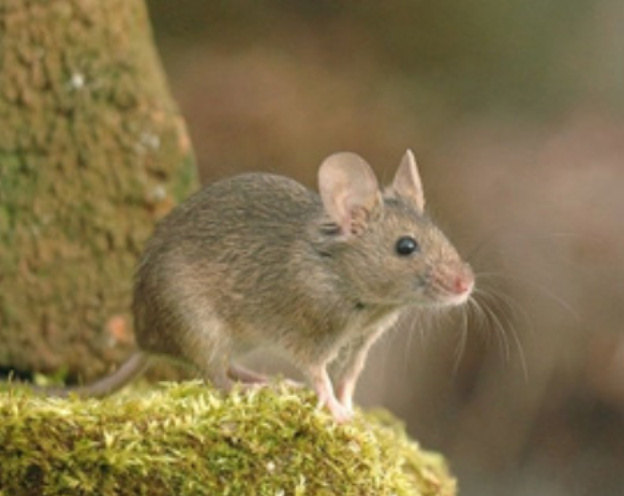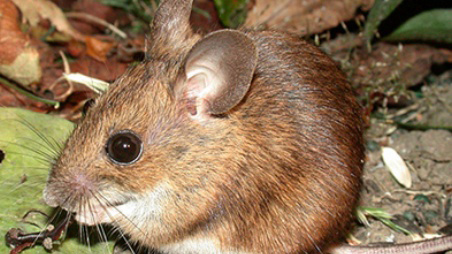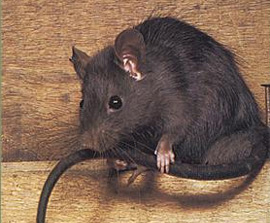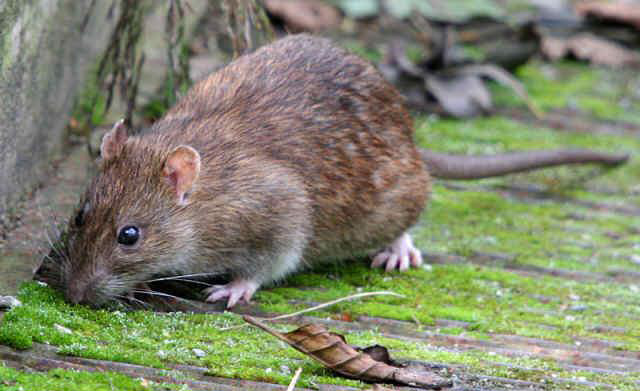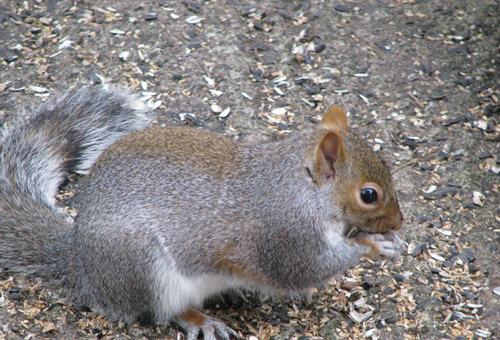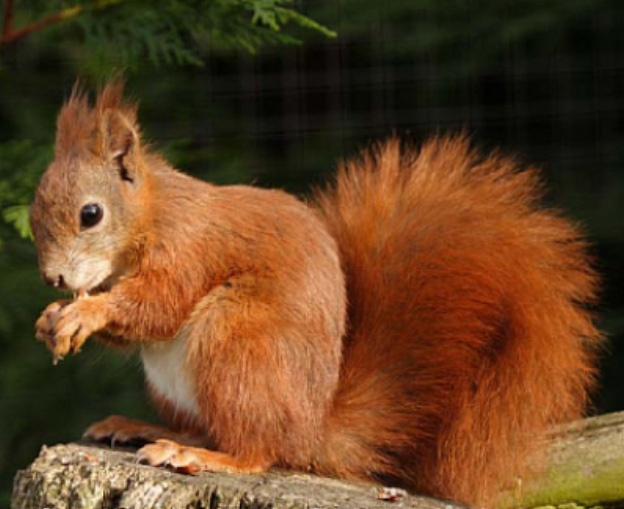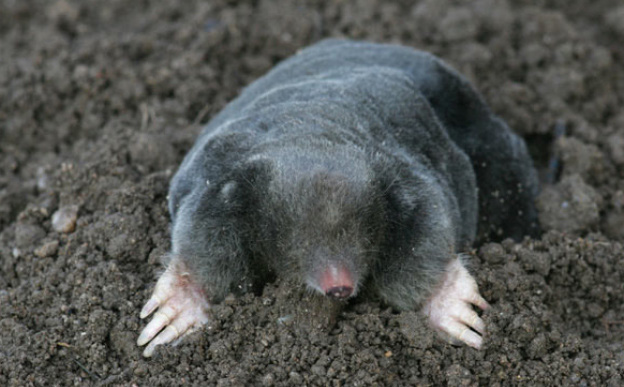The water vole is found throughout Britain but is confined mainly to lowland areas near water. Once common and widespread, this species has suffered a significant decline in numbers and distribution. As the lower reaches of rivers become unsuitable for habitation, the distribution of water voles becomes discontinuous and existing sites become isolated and vulnerable. Water voles occur mainly along well vegetated banks of slow flowing rivers, ditches, dykes and lakes. They eat grasses and waterside vegetation. They excavate extensive burrow systems into the banks of waterways. These have sleeping/nest chambers at various levels in the steepest parts of the bank and usually have underwater entrances to give the animals a secure route for escape if danger threatens.
Water voles have legal protection under the Wildlife and Countryside Act 1981 however accidental destruction of colonies can happen if pest control fails to recognise the difference between a water vole or rat correctly. Head and body length are 12–22 cm, with the tail length being 6.5–12.5 cm, and the weight approx 70–250 g. They are thick-furred and have a hairy fringe on their feet that improves their swimming ability. Water voles tend to be active more during the day than at night. Male voles live along about 130 metres of water bank, while females have ranges about 70 metres long. They deposit distinctive black, shiny faeces in latrines, the latrines occur throughout and at the edges of their range during the breeding season.
Water voles usually have three or four litters a year, depending on the weather. In mild springs the first of these can be born in March or April, though cold conditions can delay breeding until May or even June. There are about five young in a litter, which are born below ground in a nest made from suitable vegetation, notably grasses and rushes. Although blind and hairless at birth, young water voles grow quickly, and are weaned at 14 days. On average, water voles only live about five months in the wild. Their most important predators are mink and stoats; though herons, barn owls, brown rats and pike are also known to take them.




